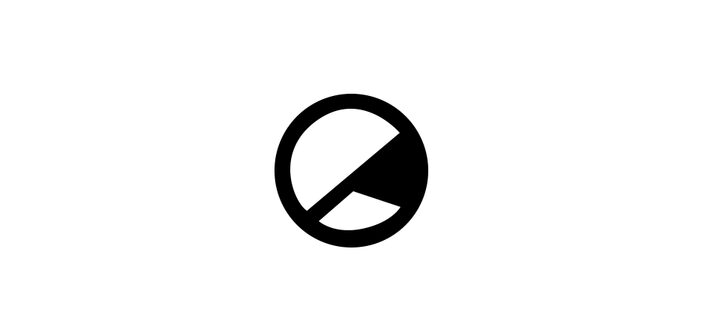James Franco is a name typically associated with his many versatile performances in Hollywood throughout his seasoned career, one which has been active for around thirty years since Franco found his start in Freaks and Geeks in the 1990s. Much less is known about Franco’s foray into directing and producing films, with only The Disaster Artist (2017), the film about the making of Tommy Wiseau’s terrible yet hilarious The Room, becoming popular, whilst Franco’s other work as director remains buried in obscurity. And whilst none of his work as a director can be called perfect, they are all fascinating in their own ways, mainly being based upon classical literature from the 1920s.
Franco took a particular liking to the Southern Gothic genre of writing, choosing to direct three films based on books from the sub-genre – starting with an adaptation of Willian Faulkner’s excellent As I Lay Dying, then adapting Cormac McCarthy’s challenging Child of God and ending his trilogy on one of the greatest books of all time – Faulkner’s towering, puzzling The Sound and the Fury. With all three of these books being challenging reads, Franco’s choice to adapt them became especially impressive with him seemingly undertaking an impossible task each time. It’s worth stating once more – none of the three adaptations are perfect, but each one requires a certain approach from Franco as a director in trying to communicate the texts in a way that takes what makes the books so special and translates that into a cinematic image.
With The Sound and the Fury in particular, Franco has the task of telling a story that, in its written form, is told by four different characters outside of chronological order and by unreliable narrators, leaving the reader to piece the puzzle together from overlapping events and more subtle suggestions for the most part. Franco’s experimental approach to directing such a story is what makes his adaptation so interesting, as he decides to direct each section of the film as a “chapter”, siding with one character at a time and manipulating the camera and the editing to match with their perspective. For example, with the mentally disabled character Benjy (who, in the book, constantly shifts between flashbacks, scattered thoughts and actual events occurring in the narrative), Franco very carefully cuts between POV shots and beautiful tracking shots whilst editing between the fragments of Benjy’s life, and with the far harsher character of Jason, Franco sticks to stagnant shots, wide and detached, to represent the lonely, angry world that Jason occupies.
Some stumbles are present, though, as some of the low-budget issues become glaringly obvious, and do hinder the tone of the film at times. Franco casting himself as the mentally disabled Benjy is also pretty jarring, even though he does a good job in the role. It’s a shame, as the performances are mostly very strong, but not all of it fully clicks. Franco’s ambition as a director still deserves far more recognition than it has received, though – he appears to be able to direct the impossible, with some consistency, and The Sound and the Fury is one of the best films to show how he is able to translate literary puzzles into cinematic ones.
The Sound and the Fury was released in 2014, and is currently available to stream for Amazon Prime members. Watch the trailer below:




